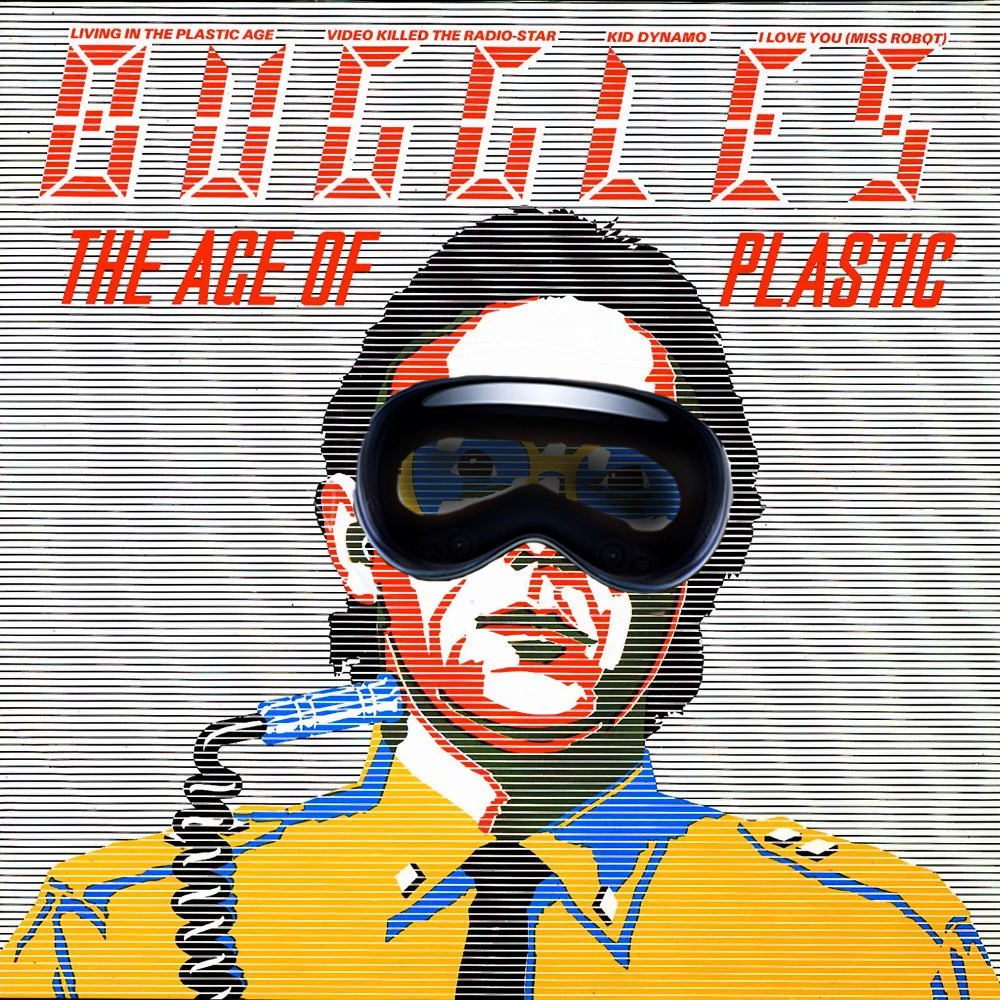
Table of Contents
The Virtual Reality Revolution: Is It Destroying Social Interaction?
In the landscape of technological advancements, virtual reality (VR) stands as one of the most immersive and transformative innovations of our time. With its ability to transport users to entirely new realms and experiences, VR has undoubtedly revolutionized entertainment, education, and various industries. However, as VR continues to permeate into our daily lives, a pertinent question arises: is it enhancing or eroding social interaction?
At first glance, VR appears to offer unparalleled opportunities for social connection. Virtual worlds provide platforms for individuals to interact with friends, family, and even strangers in ways previously unimaginable. Whether it’s exploring exotic locales together, collaborating on projects in virtual workspaces, or simply engaging in virtual hangouts, VR fosters a sense of presence and shared experiences regardless of physical distance.
Yet, beneath the surface lies a nuanced reality. While VR facilitates connections in the digital realm, some argue that it may come at the expense of genuine, face-to-face interaction. The immersive nature of VR can blur the lines between virtual and real-life experiences, leading to a detachment from physical surroundings and interpersonal relationships. As users become engrossed in virtual worlds, they may inadvertently neglect the importance of traditional social interactions, such as spending time with loved ones or participating in community activities.
Moreover, concerns have been raised regarding the potential negative impact of prolonged VR use on mental health and well-being. Excessive immersion in virtual environments may contribute to feelings of isolation, disconnection from reality, and even addiction. As individuals retreat further into the virtual realm, they risk sacrificing meaningful social connections and experiences in favor of simulated alternatives.
Nevertheless, it is essential to recognize that the impact of VR on social interaction is not inherently detrimental. Like any tool, its effects depend on how it is utilized and integrated into society. When used mindfully, VR has the potential to complement rather than replace traditional forms of social interaction. It can serve as a catalyst for new forms of collaboration, creativity, and communication, enriching our social lives in ways previously unattainable.
To navigate the evolving landscape of VR and social interaction, it is crucial to foster a balanced approach that harnesses the benefits of technology while preserving the essence of human connection. This entails promoting digital literacy, encouraging responsible usage, and prioritizing genuine interpersonal relationships over virtual substitutes. By doing so, we can ensure that the virtual reality revolution remains a force for positive change, enhancing rather than detracting from the fabric of our social fabric.
Disconnected in a Connected World: How VR Is Changing the Fabric of Social Life

In an era where digital connectivity reigns supreme, virtual reality (VR) emerges as a double-edged sword, reshaping the very essence of social interaction. While touted as a gateway to unparalleled experiences and connections, VR has also introduced a paradoxical dynamic, where individuals find themselves increasingly disconnected in an ostensibly hyper-connected world.
At its core, VR offers an enticing promise: the ability to transcend physical boundaries and immerse oneself in virtual realms teeming with possibilities. From multiplayer gaming to virtual gatherings and remote collaborations, VR facilitates interactions that defy geographical constraints, allowing individuals to forge connections regardless of distance. Yet, as the allure of virtual escapism grows, the line between the digital and physical worlds blurs, giving rise to a disconcerting trend of disconnection.
The immersive nature of VR, while captivating, comes at a cost. As users don headsets and enter virtual environments, they often retreat into solitary experiences, isolated from the tangible presence of others. While virtual interactions may simulate proximity, they often lack the depth and richness of face-to-face encounters, leading to a sense of detachment and alienation from real-world social dynamics.
Moreover, the pervasive nature of VR can exacerbate existing societal divides, widening the gap between those who have access to cutting-edge technology and those who do not. As VR becomes increasingly integrated into various facets of life, from education and entertainment to remote work and socialization, those unable to partake in this digital revolution risk being left behind, further exacerbating feelings of isolation and exclusion.
Furthermore, the immersive allure of VR has raised concerns about its addictive potential and its impact on mental health. As individuals become increasingly engrossed in virtual worlds, they may prioritize virtual interactions over meaningful face-to-face connections, leading to feelings of loneliness, anxiety, and depression. The quest for virtual escapism, while momentarily fulfilling, can ultimately leave individuals feeling more disconnected and disillusioned than ever before.
Yet, amidst these challenges lies an opportunity for reflection and recalibration. Rather than succumbing to the allure of virtual escapism, we must strive to strike a balance between the digital and physical realms, leveraging VR as a tool to enhance, rather than replace, genuine social connections. This entails fostering digital literacy, promoting responsible usage, and prioritizing quality over quantity in our interactions.
Ultimately, the true impact of VR on the fabric of social life lies not in its technological prowess but in how we choose to wield it. By embracing a mindful approach to virtual reality, we can harness its transformative potential to bridge divides, foster empathy, and cultivate authentic connections in an increasingly interconnected yet paradoxically disconnected world.
Virtual Realities, Real Consequences: The Social Ramifications of VR Adoption
The rapid adoption of virtual reality (VR) technology promises to revolutionize how we interact, communicate, and experience the world around us. However, as VR becomes increasingly integrated into our daily lives, it brings with it a host of social ramifications that demand careful consideration.
On the surface, VR appears to offer boundless opportunities for social connection and collaboration. Virtual environments allow users to engage in shared experiences, regardless of physical distance, fostering a sense of presence and interconnectedness. From virtual meetings and collaborative workspaces to immersive social gatherings and multiplayer gaming, VR has the potential to transcend geographical barriers and facilitate meaningful interactions on a global scale.
Yet, beneath this veneer of connectivity lie deeper societal implications that merit scrutiny. As individuals immerse themselves in virtual worlds, they risk blurring the boundaries between the digital and physical realms, leading to a phenomenon known as “virtual isolation.” While virtual interactions may provide a semblance of social connection, they often lack the nuances and richness of face-to-face communication, potentially eroding the quality of interpersonal relationships.
Moreover, the widespread adoption of VR has the potential to exacerbate existing disparities in access and opportunity. As VR technology remains predominantly accessible to those with the means to afford it, there is a risk of widening the digital divide and perpetuating social inequalities. Those who lack access to VR may find themselves excluded from virtual communities and experiences, further marginalizing already disadvantaged groups.
Furthermore, the immersive nature of VR raises concerns about its impact on mental health and well-being. Prolonged exposure to virtual environments may contribute to feelings of disorientation, dissociation, and even addiction. As individuals spend increasing amounts of time in virtual spaces, they may neglect real-world responsibilities and relationships, leading to feelings of loneliness and isolation.
Despite these challenges, it is essential to approach the adoption of VR technology with a critical yet optimistic mindset. While acknowledging the potential pitfalls, we must also recognize the transformative potential of VR to enhance social interaction and collaboration in novel ways. By prioritizing inclusivity, digital literacy, and responsible usage, we can harness the power of VR to bridge divides, foster empathy, and cultivate meaningful connections in an increasingly virtual world.
In essence, the social ramifications of VR adoption are multifaceted and complex, requiring thoughtful consideration and proactive measures to navigate effectively. As we embrace the potential of virtual realities, we must remain vigilant to ensure that the benefits of VR technology are realized without sacrificing the fundamental elements of human connection and social cohesion.
The Loneliness of the Virtual Realm: Examining VR’s Toll on Social Connectivity
In the quest for immersive experiences and digital escapism, virtual reality (VR) has emerged as a captivating frontier. Yet, as users don headsets and venture into virtual realms, a paradoxical reality unfolds: the loneliness of the virtual realm, and the toll it exacts on social connectivity.
At first glance, VR appears to offer a gateway to unparalleled social interaction. Virtual environments promise the opportunity to connect with others in ways that transcend physical boundaries, fostering a sense of presence and shared experiences. From virtual meetups and collaborative projects to multiplayer gaming and social gatherings, VR seemingly offers an antidote to the isolation of modern life.
However, beneath the surface lies a more complex narrative. As individuals immerse themselves in virtual worlds, they often find themselves navigating a landscape marked by virtual isolation. Despite the illusion of connectivity, virtual interactions frequently lack the depth, intimacy, and authenticity of face-to-face communication. As a result, users may experience a profound sense of loneliness, disconnected from the tangible presence of others and the nuances of real-world social dynamics.
Moreover, the immersive nature of VR can exacerbate feelings of isolation and detachment from reality. Prolonged exposure to virtual environments may lead to a blurring of the boundaries between the digital and physical realms, leaving individuals feeling disoriented and disconnected from their surroundings. In the pursuit of virtual escapism, users risk sacrificing meaningful real-world relationships and experiences, further amplifying feelings of loneliness and alienation.
Furthermore, the pervasive nature of VR can perpetuate a cycle of dependency and withdrawal from social interaction. As individuals retreat further into the virtual realm, they may neglect opportunities for genuine connection and engagement in favor of simulated alternatives. This withdrawal from real-world social interactions can have far-reaching consequences for mental health and well-being, contributing to feelings of depression, anxiety, and social isolation.
In confronting the loneliness of the virtual realm, it is imperative to adopt a balanced and mindful approach to VR usage. While virtual reality offers the potential for novel forms of social interaction and expression, it must be complemented by a commitment to nurturing genuine human connections. This entails prioritizing quality over quantity in our interactions, fostering empathy and understanding, and recognizing the importance of real-world relationships in combating loneliness and fostering a sense of belonging.
Ultimately, the loneliness of the virtual realm serves as a sobering reminder of the complexities inherent in our relationship with technology. As we navigate the ever-expanding frontier of virtual reality, we must remain vigilant in safeguarding the bonds that connect us, ensuring that the allure of the digital realm does not come at the expense of our fundamental need for genuine human connection and social connectivity.
